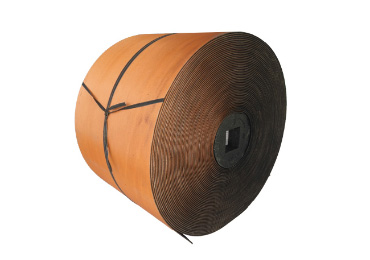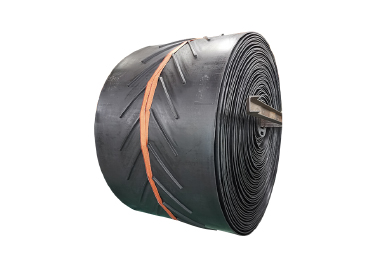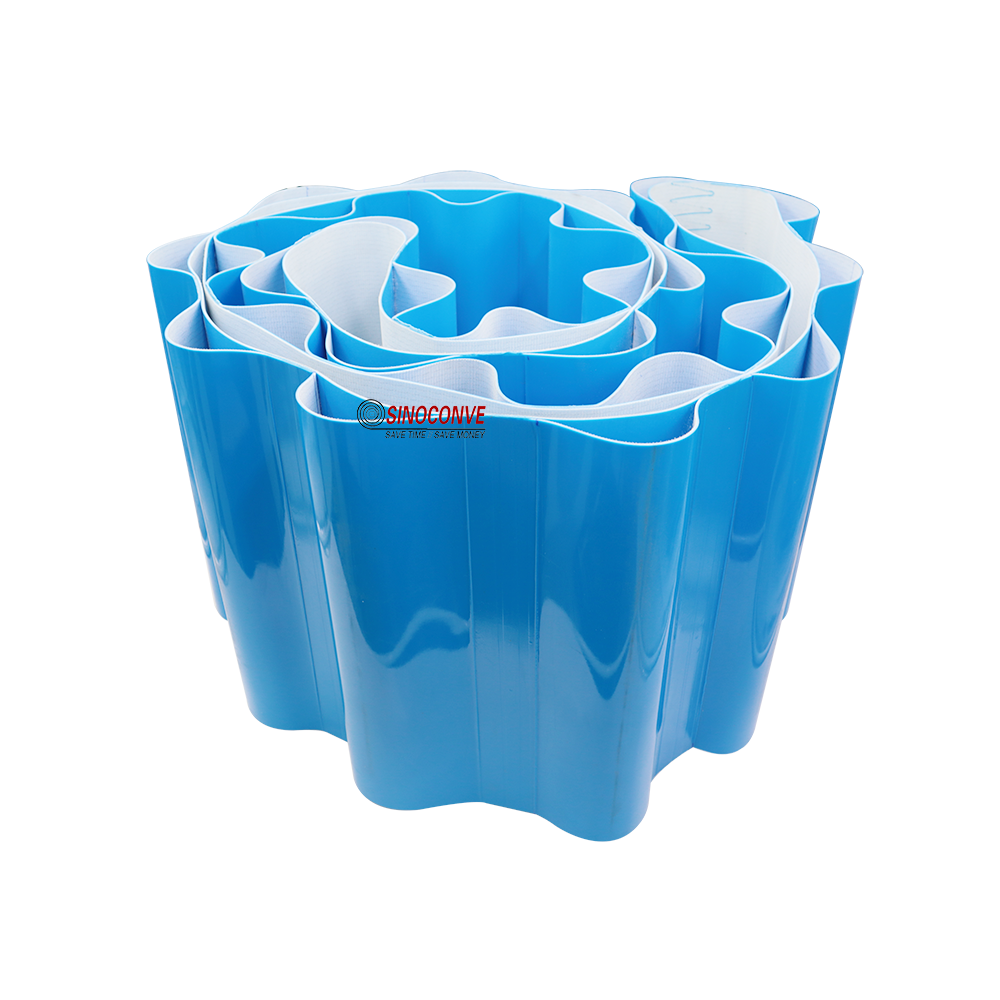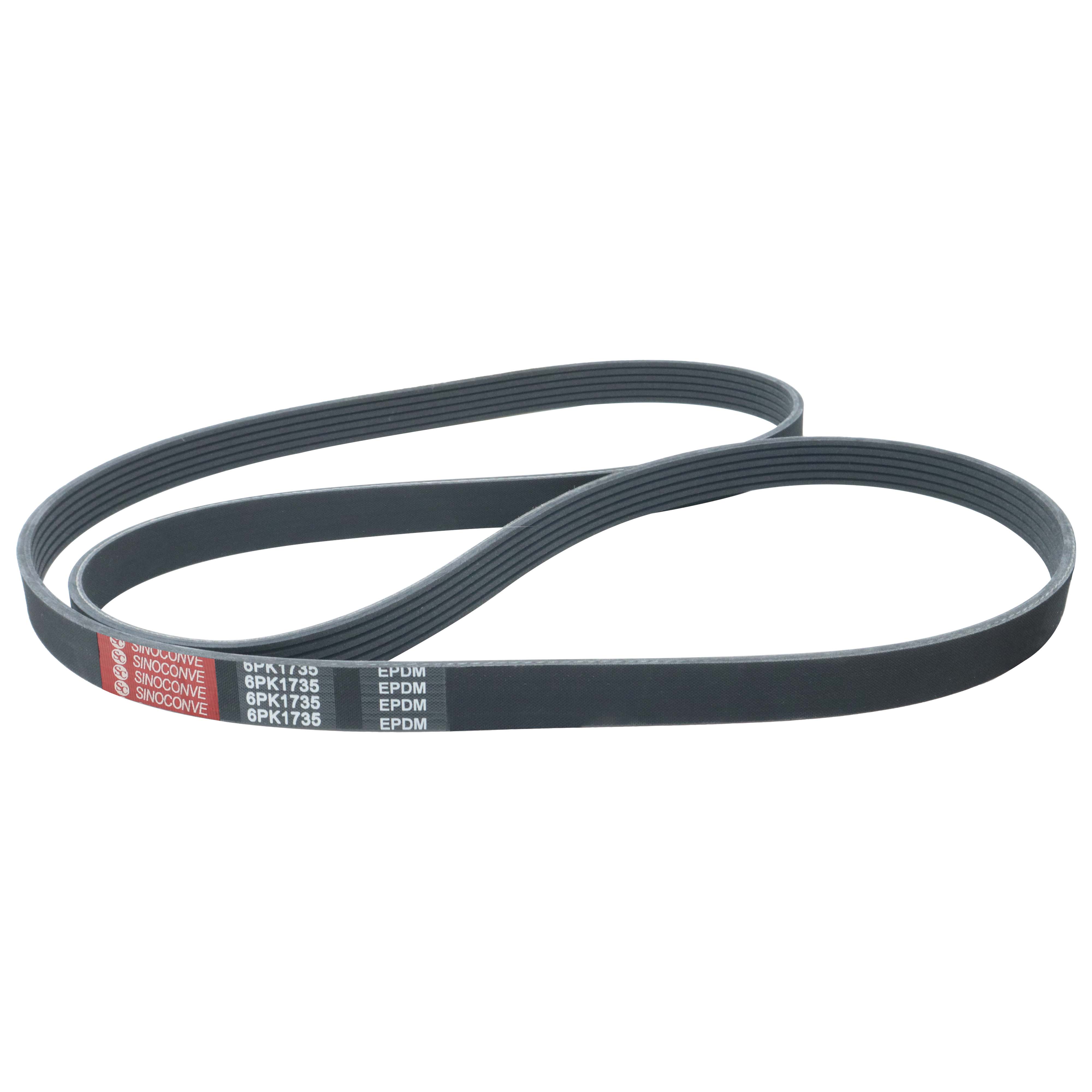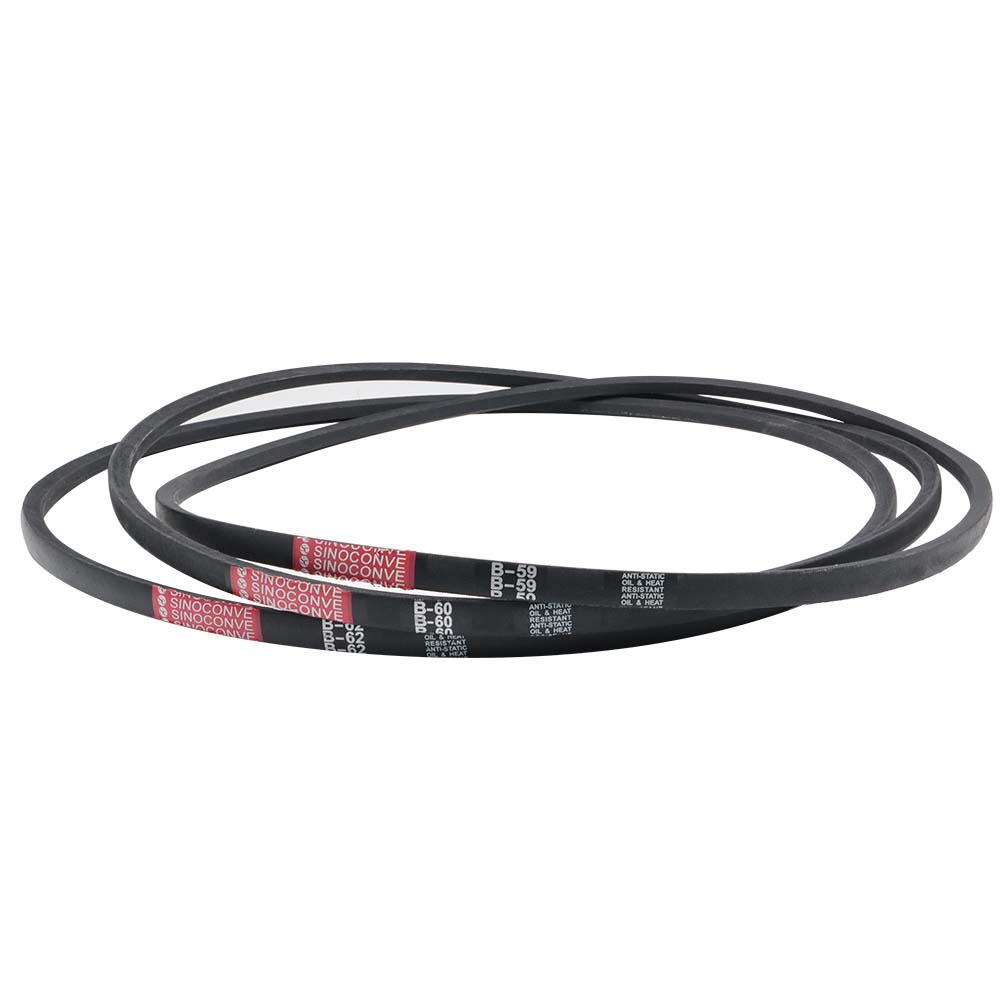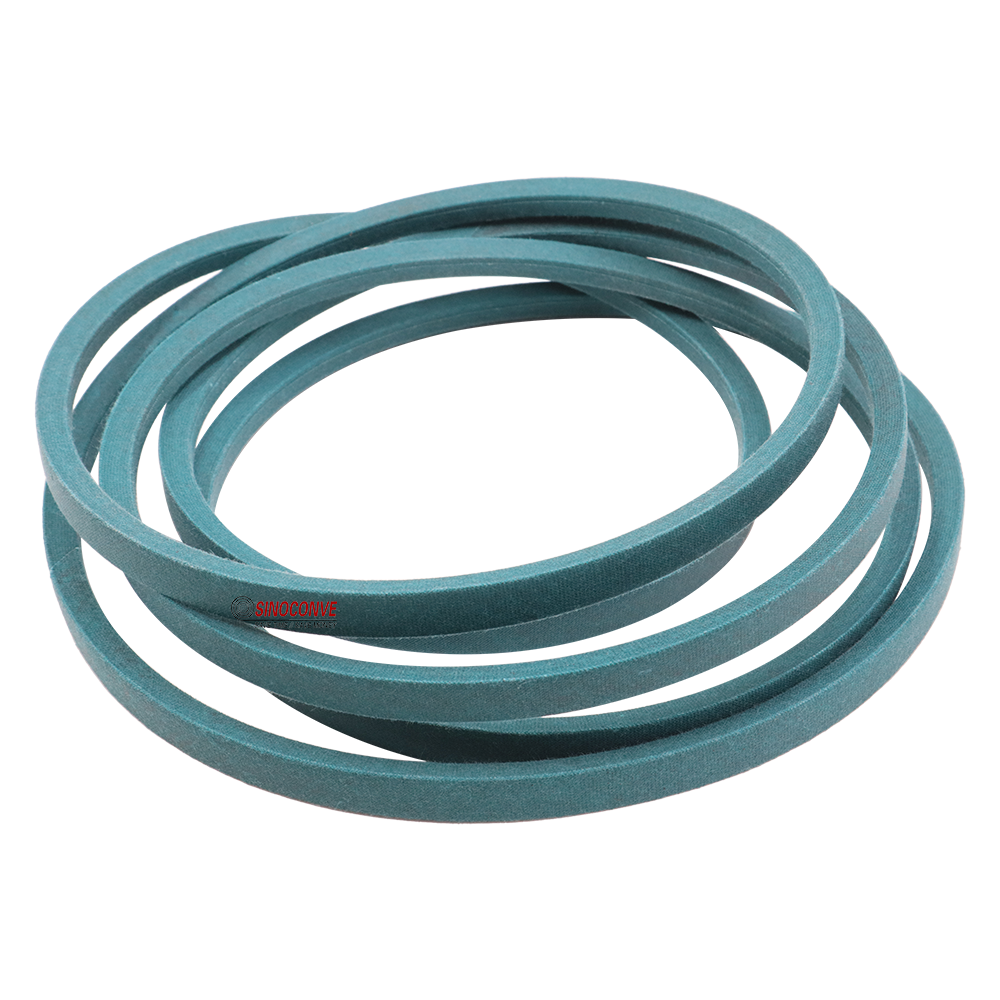Packaging Machine Belt issues have long plagued industrial operations, leading to frequent downtimes and inefficiencies that can cripple productivity. In manufacturing and packaging sectors, these belts often suffer from wear and tear due to harsh environmental conditions, resulting in slippage, misalignment, and premature failures that disrupt assembly lines and increase maintenance costs. This problem is particularly evident in high-speed packaging environments where precision is key, and any delay can lead to significant financial losses. As businesses strive for seamless operations, the need for a reliable Packaging Machine Belt solution becomes paramount to maintain competitive edges and ensure smooth workflows.
Common Challenges with Traditional Belts
One of the primary problems with conventional Packaging Machine Belts is their vulnerability to environmental factors such as chemicals, abrasion, and extreme temperatures, which accelerate degradation and reduce lifespan. Timing Belt failures, for instance, can cause inaccurate timing in machinery, leading to product defects and safety hazards in packaging lines. Additionally, the noise generated by worn-out belts contributes to an unpleasant work environment, potentially affecting employee morale and compliance with noise regulations. These issues not only escalate operational costs through frequent replacements but also result in lost production time, making it essential for companies to seek durable alternatives that can withstand rigorous demands without compromising performance. In many cases, timing Belt wear leads to inconsistent material handling, further exacerbating inefficiencies in automated systems.
Introducing Effective Solutions for Enhanced Durability
To address these challenges, innovative products like the Coated Timing Belt offer a robust solution that enhances the reliability of Packaging Machine Belts. This advanced timing Belt is engineered with a protective coating that provides exceptional resistance to wear, chemicals, and environmental elements, significantly extending its service life and reducing the need for replacements. By minimizing slippage through its high-tensile construction and precise ribbing, it ensures accurate movement and alignment in packaging machinery, directly solving the problem of downtime and improving overall efficiency. For businesses dealing with Packaging Machine Belt failures, adopting this timing Belt means investing in a component that promotes seamless operations and lowers long-term costs, making it an ideal choice for modern industrial applications.
The Benefits and Real-World Applications
Beyond just solving immediate problems, the Coated Timing Belt brings a host of benefits that transform packaging processes. Its vibrant red coating not only adds an extra layer of protection but also aids in easy identification and inventory management, streamlining maintenance routines and reducing errors. In practical terms, industries from automotive to food packaging have seen marked improvements in productivity by integrating this timing Belt, as it operates quietly and efficiently, fostering a safer and more productive workplace. Packaging Machine Belts equipped with such technology help mitigate the risks of mechanical failures, ensuring that operations run smoothly even in demanding conditions. Overall, by choosing this solution, companies can achieve greater reliability, cost savings, and enhanced performance in their machinery.
Conclusion and Final Thoughts
In conclusion, the persistent problems associated with Packaging Machine Belts can be effectively overcome with the right timing Belt innovations, leading to more efficient and reliable industrial operations. By addressing issues like wear, slippage, and environmental damage head-on, businesses can protect their investments and boost productivity. This approach not only resolves current challenges but also paves the way for future advancements in manufacturing technology, ensuring long-term success in a competitive market.

